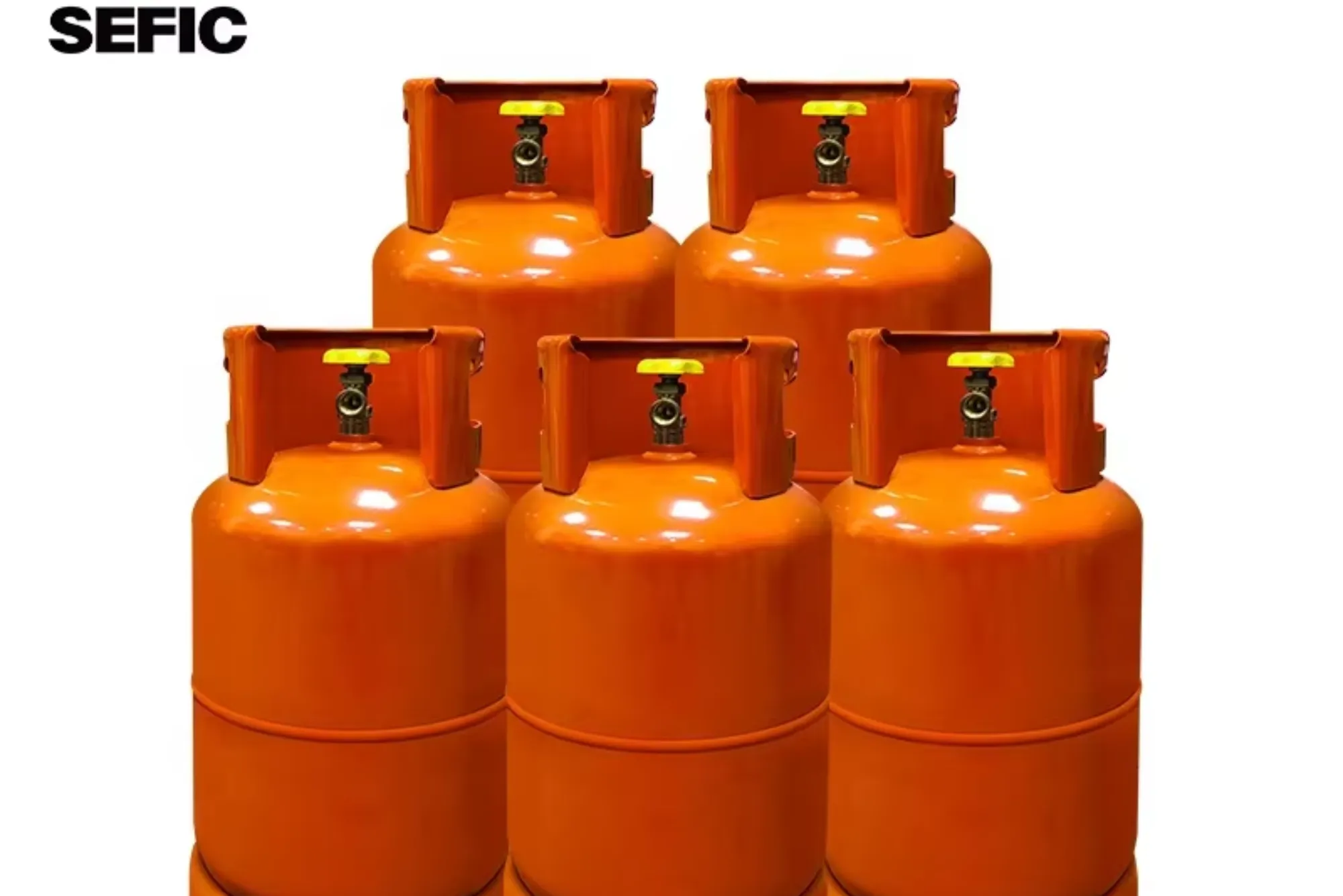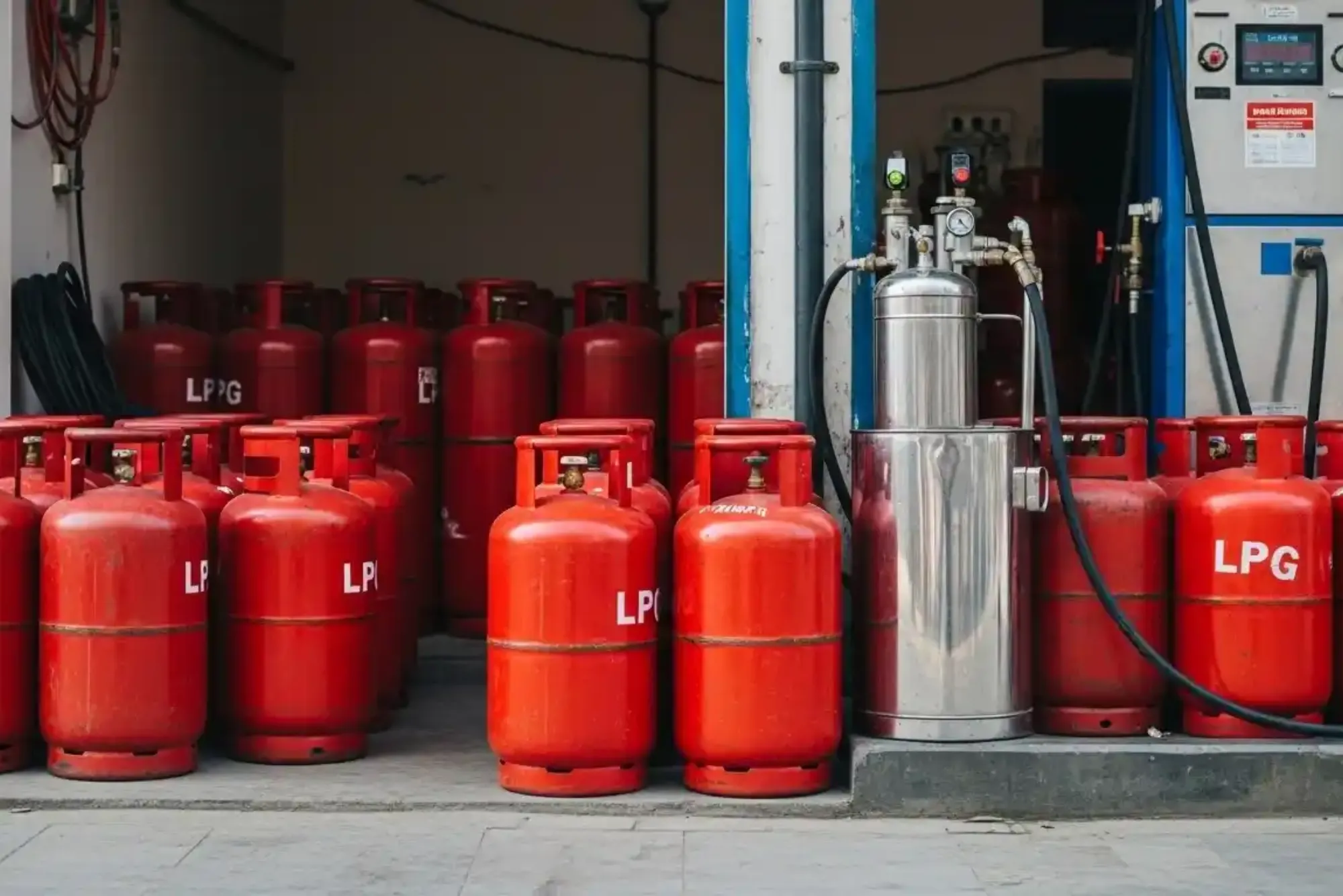If you’ve ever scrolled property listings late at night and wondered whether a charming Spanish duplex could ever be within reach, you’re not alone. Spain still offers genuine bargains if you know where to look, how to approach the market, and what to expect in terms of extra costs and paperwork. I’ve spent years browsing listings, visiting towns from the Costa Blanca to inland Castilla-La Mancha, and helping friends with purchases. In this article I’ll walk you through the best places to find cheap duplexes for sale in Spain, realistic price expectations, practical buying steps, and how tools like BuyHome and targeted searches for “cheap dublexes for sale” (yes, that common misspelling turns up results too) can speed up your hunt.
Why a Duplex?
A duplex can be a brilliant compromise between apartment living and a full house: you get more private space, sometimes a small terrace or garden, two levels for separating living and sleeping areas, and — in many towns — the same community fees and security of apartment living. For buyers on a budget, duplexes often appear in smaller developments or in revitalised town centres, which means you can get more square metres for your money than in bigger coastal cities.
Where to Look for Genuinely Cheap Duplexes
Spain’s property market is regional: prices that feel astronomical in Barcelona or Málaga are modest deep inland. If your priority is cost per square metre, the cheapest towns and provinces are generally found away from the big tourist belts.
Castilla-La Mancha and the province of Ciudad Real have some of the lowest asking prices in the country — small towns such as Almadén have been highlighted as among the cheapest places to buy a home in Spain. These inland towns often show properties at a tiny fraction of coastal prices, sometimes under a few hundred euros per square metre. If you’re happy to live away from beaches and international airports, they’re worth serious consideration.
Other consistently affordable areas include large parts of Extremadura, inland Andalusia (think Jaén province), Teruel in Aragón and chosen pockets of Murcia. These regions have villages and small towns where you’ll frequently find houses and duplexes that need renovation but sell for very little — sometimes under €50,000 if you’re willing to accept a fixer-upper.
Examples You Might Actually Find
A realistic search will turn up a range of options. On general listing platforms you’ll see duplexes in regional centres and smaller coastal towns starting from roughly €70,000–€100,000. In Madrid or Valencia provinces, older duplexes may start higher — often a reflection of location, transport links and local demand. If you specifically search for “duplex less than 100k € in Spain” you can find active ads, particularly in inland towns and some secondary coastal markets.
How to Use BuyHome and Listing Platforms Effectively
BuyHome (and similar portals) can be practical starting points. They aggregate listings across Spain and let you filter by budget, region, and property type — handy when you’re scanning for “cheap dublexes for sale” or the correctly spelled “cheap duplexes for sale.” I treat portals like a first filter: use them to compile a shortlist, then dig into the estate agents and the town’s local info. Portals sometimes show owner listings that smaller local agents haven’t syndicated elsewhere, so a daily watch on a platform like BuyHome can reveal a new bargain the moment it appears.
Practical Price Expectations and Renovation Costs
Let’s be practical. A sound, move-in duplex in a mid-sized town might cost from €80k–€150k depending on the region. A derelict or badly finished duplex could be under €50k but will need money and time. Renovation costs in Spain vary but budget around €500–€900 per square metre for a decent full refurbishment using local contractors; high-end finishes push that higher. Factor in contingency — at least 10–20% of your renovation budget — because older buildings often hide structural or electrics surprises.
Financing and Mortgages for Foreigners
Foreign buyers can get mortgages in Spain but the rules are different than domestic buyers. Spanish banks typically lend up to about 60–70% of a property’s purchase price for non-resident buyers (sometimes 80% for EU residents or higher-valued clients), so you’ll usually need a larger deposit. Interest rates and terms have fluctuated in recent years, so lock in current offers with a Spanish mortgage broker once you’ve shortlisted properties. Keep in mind mortgage approval can require proof of income, credit references, and sometimes a Spanish bank account. Because mortgage and lending conditions shift, I always recommend speaking to a mortgage broker early — they’ll tell you whether budget properties require full cash up front or whether financing is realistic.
The Legal Checklist: NIE, Taxes and Notary
Buying in Spain is straightforward procedurally but has a number of mandatory steps. First, any non-Spanish buyer needs an NIE (Número de Identificación de Extranjero) — this is the tax ID you’ll need for the purchase, the notary, and utility contracts. Lawyers and gestorías can obtain this for you or guide you through the in-person process. Next, budget for the extra costs: taxes (transfer tax for resale properties, or VAT for new builds), notary fees, land registry fees and legal fees. A sensible rule of thumb is to allow for roughly 10–15% extra on top of the purchase price to cover these transaction costs, though the exact percentage depends on whether you’re buying new or resale and the autonomous community where you buy.
Avoiding Common Legal Traps
The small print matters: ask for a full nota simple (a land registry extract) to check the property is free of charges, mortgages or legal encumbrances. If the duplex sits in a community of owners, request recent community fee receipts and meeting minutes — outstanding community debts can become the owner’s problem if not checked. If a property was part of a bank repossession list, that can mean a lower price but also sometimes faster bureaucratic handling — still have a lawyer check the file.
Real-World Negotiation and Purchase Tips
Buyers who get the best deals often: 1) look for properties that have been on the market for a long time, 2) show they are able to proceed quickly (cash or mortgage approval), and 3) are flexible on move-in timelines. Spanish agents appreciate straightforward, polite negotiating; a written offer accompanied by proof of funds or a mortgage pre-approval is taken much more seriously than a casual expression of interest. If your budget is tight, widen your search area by 30–60 minutes of driving — small towns that are less attractive to international buyers often hold the best bargains.
Living Costs and Long-Term Considerations
Owning a cheap duplex is only part of the story. Consider community fees (if in an urbanisation), local property taxes (IBI), and utilities. Rural towns often have lower taxes but can lack services, so factor travel costs and any seasonal heating or insulation upgrades into your ownership plan. On the other hand, inland living offers lower daily costs and a relaxed pace, and many buyers happily compromise on instant amenities for value and space.
When a Cheap Duplex Makes Sense as an Investment
If you’re thinking of income (holiday rental or long-term let), location is everything. Cheap inland duplexes may not attract high tourist demand year-round, but towns near train lines, regionally important hospitals or universities can produce steady rental income at attractive yields. If your goal is capital appreciation, look for towns with improving infrastructure, new transport links or an influx of remote workers. I’ve seen small towns revitalised relatively quickly when teleworking trends bring new demand; buy early and you’ll benefit.
A Final Word on “Cheap Dublexes for Sale” and Being Realistic
I’ll be blunt: “cheap” often reflects compromise. That can mean remote location, renovation work, or smaller internal standards. If you want a turnkey coastal duplex in a popular resort, that will cost more. If you’re flexible and realistic, inland Spain offers some of the best chances to buy a duplex without blowing your budget. Use marketplaces (including BuyHome and country-specific aggregators), contact local agents, and visit in person if you can. And don’t skip the legal and technical checks — a cheap purchase that needs heavy structural work can quickly become expensive.
How I Would Start If I Were Buying Tomorrow
If I were hunting today, I’d set a clear price ceiling, filter portals for duplexes under that number, then shortlist 8–10 properties across two adjacent provinces (for example, parts of Ciudad Real and northern Andalucía). I’d contact agents with a clear offer letter, have a Spanish lawyer ready to review documents, and get a mortgage broker to check financing. I’d prioritise towns with decent transport links and a grocery shop — small things that determine whether a place is liveable long term. Using a platform like BuyHome to aggregate results and then cross-checking with regional portals and local agents is efficient and often reveals hidden gems.
Finding the best cheap duplexes for sale in Spain is absolutely possible with patience, local knowledge, and careful due diligence. Inland regions — Castilla-La Mancha, Extremadura, parts of Andalusia and Aragón — routinely offer the lowest prices, and portals make early discovery simple. Remember the practicalities: extra costs (NIE, taxes, notary), renovation budgets, and the realities of local services. If you approach the search methodically, use BuyHome and other portals to gather options, and work with a trusted lawyer and mortgage broker, you can buy a duplex that fits both your budget and lifestyle. Spain may no longer be the era of ridiculously cheap coastal bargains, but for buyers willing to explore inland or consider a renovation project, the country still delivers great value and lots of character.



